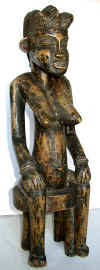 |
 |
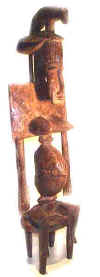 |
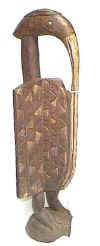 |
|
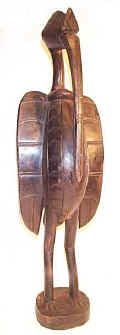 |
 |
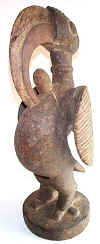 |
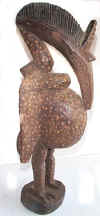 |
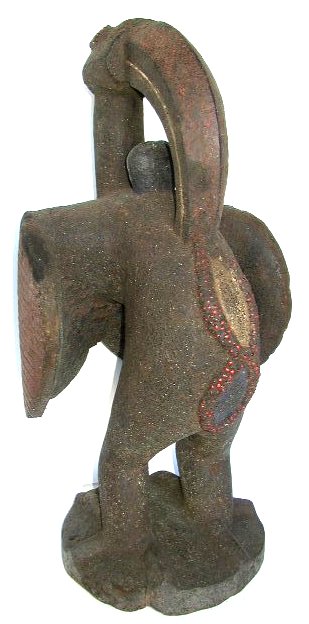 |
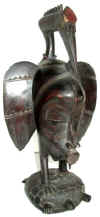 |
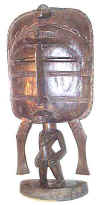 |
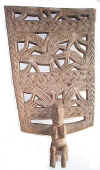 |
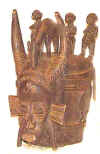 |
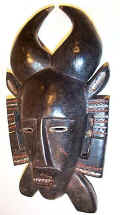 |
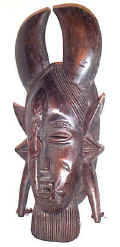 |
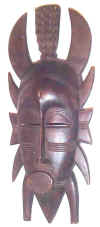 |
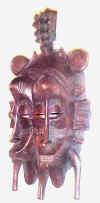 |
||
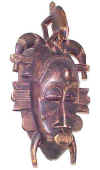 |
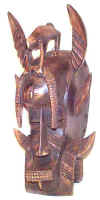 |
|||
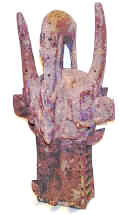 |
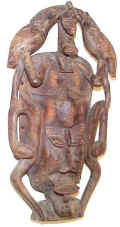 |
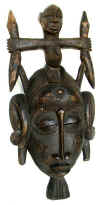 |
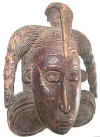 |
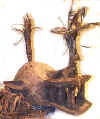 |
 |
 |
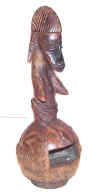 |
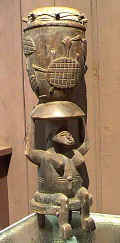 |
 |
 |
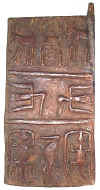 |
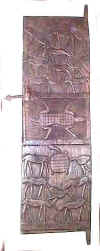 |
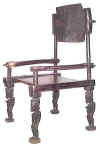 |
TRIBAL AFRICAN ART
SENUFO (SENOUFO, SIENA, SIENNA)
Burkina Faso, Côte d'Ivoire, Ghana and Mali
The
Senufo number 1,000,000 to 1,500,000 and
live in Côte d'Ivoire, Ghana, Burkina Faso, and the extreme south of Mali. They
live principally off the fruits of agriculture and occasionally hunting. Senufo
agriculture is typical of the region, including millet, sorghum, maize, rice, and yams.
They also grow bananas, manioc, and a host of other crops that have been borrowed from
cultures throughout the world. Small farm animals such as sheep, goats, chickens, guinea
fowl, and dogs are raised. Minimal amounts of hunting and fishing also contribute to the
local economy. Labor is divided between farmers and skilled artisans, and while it was
once thought that these segments of society did not intermarry, In
addition to a belief in a creator deity, ancestors and nature spirits, a central concept
in Senufo religion is a female ancestral spirit called “ancient mother” or
“ancient woman,” the sacred guiding spirit of each poro society. All
adult men belong to the poro society,
which maintains the continuity of religious and historical traditions, especially through
the cult of the ancestors. The poro is the pillar of communal life. Responsible for
initiation and training of the young boys, it is aimed at shaping an accomplished, social
man who is integrated to the collective; it aids his entry into public responsibilities. A
woman’s association, the sandogo, in charge of divination, is responsible for
contact with the bush spirit who might be bothered by the activities of the hunt, farming,
or of artisans.
The Senufo
produce a rich variety of sculptures, mainly associated with the poro society. The
sculptors and metalsmiths, endogamous groups responsible for making the cult objects live
on their own in a separate part of the village. The attitude shown toward them by other
Senufo is a mixture of fear and respect, owing to their privileged relationship with the
natural forces that they are capable of channeling in a sculpture. During initiations,
headpieces are worn that have a flat, vertical, round or rectangular board on top
decorated with paint or pierced work. Many wood carvings of male figures depict these
headpieces, sometimes on rhythm pounders used by young initiates, who beat the earth to
call upon the ancestors to take part in the ceremony and purify the earth. The
carvers also produce ritual female statues, including mother-and-child figures, as well as
statuettes depicting bush spirits and supernatural beings and equestrian figures.
Large statues representing hornbills (often seen also on masks) and used in the lo
society as symbols of fertility are the standing birds called porpianong. Figures
of the hornbill are used in initiation, and groups of birds on a pole are trophies for the
best farmer. Figures of male and female twins and of horsemen are used in divination.
These represent the spirit familiars enabling the divination process. The diviners
themselves are women, forming the sandogo society. Shrine doors and drums are
carved in relief, and small figures and ritual rings are cast in bronze.
Several
types of mask are used depending upon the occasion. The kpelie, a human face with
projections all around, is said to remind initiates of human imperfection. Danced by men,
these masks perform as female characters. Animal-head masks usually combine
characteristics of several creatures--hyena, warthog, and antelope. A type of animal mask
called waniugo has a cup for a magical substance on top; these masks blow sparks
from their muzzles in a nighttime ritual protecting the village from sorcerers. Among the
Naffara group of the Senufo, masks of similar form but with an interior cavity too small
for a human head are carried on the top corner of a rectangular, tent like costume called kagba.
This mask is the symbol of the Lo, which only initiates may see. In the Korhogo
region, deguele masks appear in pairs at funerals. They are of plain helmet shapes
topped with figures whose bodies are carved to resemble a pile of rings.